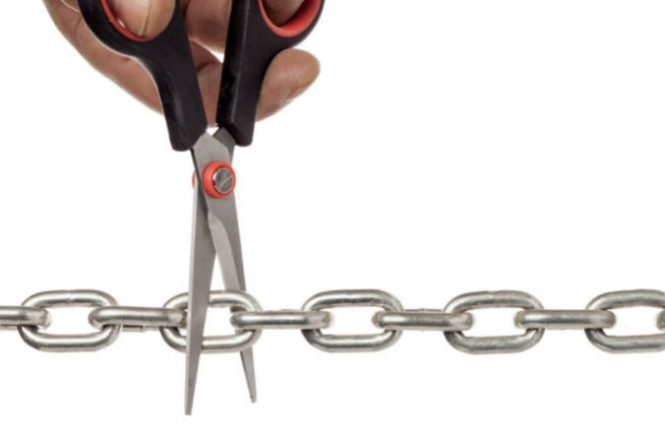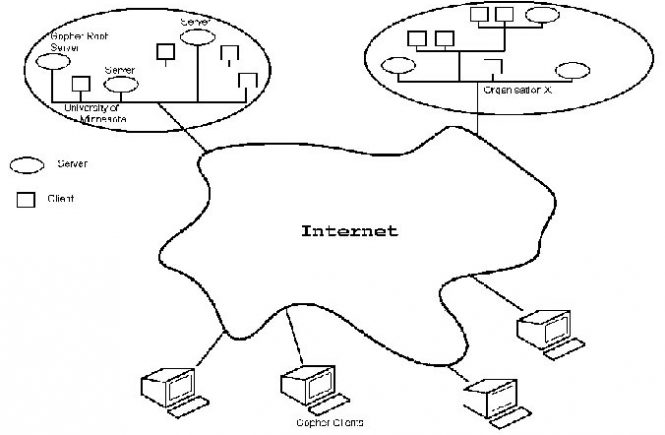If you know anything about SEO, you probably know that your backlink profile is a crucial ranking factor. What you might not realise is that low quality or spammy backlinks can actually have a negative effect on your ranking.
With this in mind, you need to know what Google’s disavow tool is and how it works. In some cases, it can be a good idea to disavow, or ‘disown’ certain backlinks, especially when they are coming from obviously spam-related websites.
In this article, I’m going to cover some of the things you need to know about disavowing links.
What Is Link Disavowing?
To put it simply, disavowing links involves telling Google that you want it to ignore certain links back to your website. There are a number of reasons why you might do this, but usually it’s because the links are coming from a low quality source that negatively affects your SEO rank.
The Google disavow tool – Basically, if you identify links that you don’t want, you can use Google’s disavow tool to tell it to ignore these links. It can be tricky to figure out which links to ignore and which to keep, but we’ll get to that in the next section.
What Links Should I Disavow?
Now, the exact situation around link disavowing is actually a little bit cloudy. Some people believe that Google already ignores spam links, and that there’s no point in using the disavow tool to ask it to ignore them.
However, it’s better to be safe than sorry – right?
Personally, I’d still recommend using the disavow tool to tell Google to ignore low quality links. Ultimately, it’s not going to cause any problems, but it could result in great search rank improvements if Google wasn’t already ignoring these links.




 You will first need to zero in on the purpose of your blog. There are some blogs that offer ancillary information about the products and services being offered on the business’s website. Then there are others that are doing a bit of hard-selling where their sole purpose is to market the products and services sold by the business. And there are others still that act as problem solvers, where they target the problems experienced by the audience of a particular niche. So, if it’s a company offering web design services, the blog can be about the various problems experienced by web designers during the course of designing a website and offering solutions for the same.
You will first need to zero in on the purpose of your blog. There are some blogs that offer ancillary information about the products and services being offered on the business’s website. Then there are others that are doing a bit of hard-selling where their sole purpose is to market the products and services sold by the business. And there are others still that act as problem solvers, where they target the problems experienced by the audience of a particular niche. So, if it’s a company offering web design services, the blog can be about the various problems experienced by web designers during the course of designing a website and offering solutions for the same.




 XKCD
XKCD